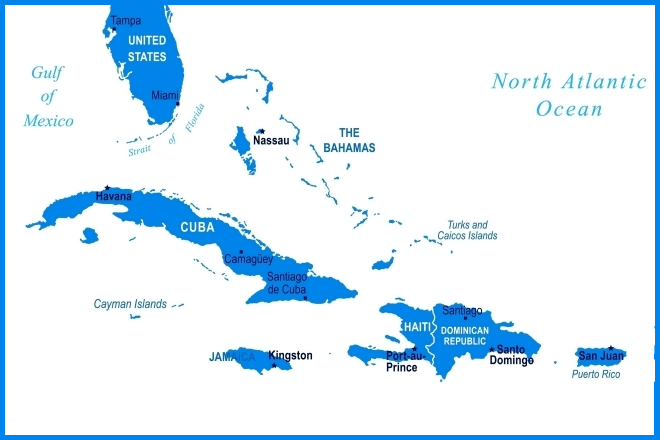Finding good workers is an ongoing struggle for the insurance sector – and it’s becoming even harder. Insurance leaders looking for reliable and affordable sources of labor should consider nearshoring in the Dominican Republic. There are a few reasons why it makes good business sense.
Nearshoring Is the Solution to the Insurance Talent Crisis
Based on data from the U.S. Bureau of Statistics, the U.S. Chamber of Commerce predicts that 50% of the insurance workforce will retire over the next 15 years, leaving more than 400,000 open positions unfilled. To make matters worse, younger generations have shown little interest in insurance jobs. This will make it incredibly difficult for insurers to find enough new workers to replace those who are retiring.
Don’t expect policyholders to be patient during staffing shortages. When they have important questions about their coverage or claims to report, they expect their insurer to be available. Chatbots and automated options can only go so far. Sometimes, a human touch is necessary.
Nearshoring is the perfect solution. It’s a variation of traditional offshoring, in which a business outsources certain functions to another country. With nearshoring, the chosen country is nearby, making it easier to maintain oversight and quality control.
The Dominican Republic Is the Ideal Nearshoring Location
For nearshoring to be successful, you need to select a country that is a good match for your business requirements. Several factors make the Dominican Republic an excellent candidate.
1. Dominican workers are highly educated.
When you outsource to the Dominican Republic, you can choose from a pool of educated workers.
According to the Education Policy and Data Center, 19% of Dominican Republic youth obtain a post-secondary education. Some students even receive a portion of their education in the United States. According to the International Trade Administration, the United States is a leading destination for students from the Dominican Republic.
2. Workers in the Dominican Republic don’t have many well-paying job options.
According to Paylab, the gross monthly salary in the Dominican Republic ranges from 9,797 Dominican pesos to 35,582 Dominican pesos, which is around $172 USD to $625 USD. The World Food Programme says that, although the Dominican Republic has experienced economic growth and stability in recent years, 22.8% of people in the country live in poverty.
Nearshoring opportunities provide a win-win. Even though positions in the Dominican Republic pay less than comparable positions in the U.S., workers in the Dominican Republic consider them high-paying jobs.
3. The Dominican Republic has reliable internet services.
The Dominican Republic’s infrastructure facilitates business in the region. In addition, the tech-savvy population provides a great workforce to draw from.
According to Statista, the Dominican Republic has the largest online population in the Caribbean. The International Trade Administration says the Dominican Republic has 9.46 million internet users, 10.89 million fixed lines in operation, and 9.73 million mobile phone connections.
4. Dominican Republic workers are loyal.
According to the U.S. Bureau of Labor Statistics, workers in the U.S. stay with their employers for a median of 4.1 years. Job hopping has become the norm as workers become bored with their jobs and seek out better compensation. This results in high turnover rates and associated costs for employers.
Conversely, workers in the Dominican Republic tend to be loyal. They’re often eager to do their best and will stay in a good position once they’ve found one.
5. Workers in the Dominican Republic are often multilingual.
The official language of the Dominican Republic is Spanish. However, students in the Dominican Republic often study other languages, including English – according to World Atlas, the government recognizes English. Both English and French are also mandatory foreign languages in schools.
For these reasons, it’s possible to find workers in the Dominican Republic who speak both English and Spanish, and some people speak other languages as well. Additionally, their accents tend to be relatively easy for Americans to understand.
6. There is time zone alignment with the Dominican Republic.
The Dominican Republic is in the Atlantic Time Zone, which is only one hour ahead of New York (Eastern Time Zone). As Everything Punta Cana explains, the Dominican Republic does not recognize Daylight Saving Time, meaning the time in the Dominican Republic is the same as in New York for eight months of the year.
This time zone alignment means that your representatives in the Dominican Republic are on the same page as your policyholders and managers in the U.S. This can facilitate better communications and make it easier to oversee and train your nearshore workers.
Do you want to enjoy all the benefits of nearshoring in the Dominican Republic? Teleconnected’s BPO facility in the Dominican Republic serves the needs of insurance companies in the U.S. Contact us.

